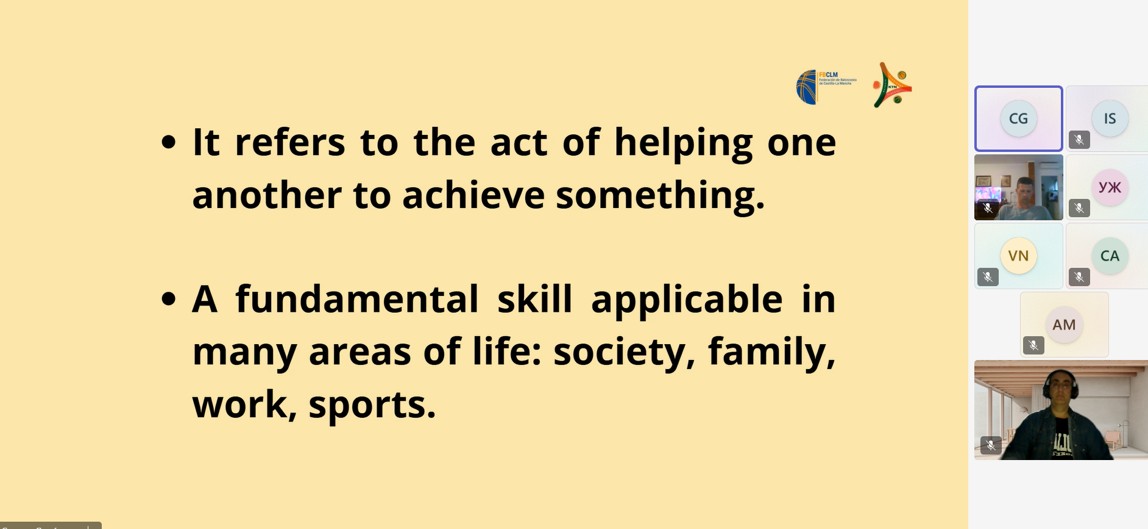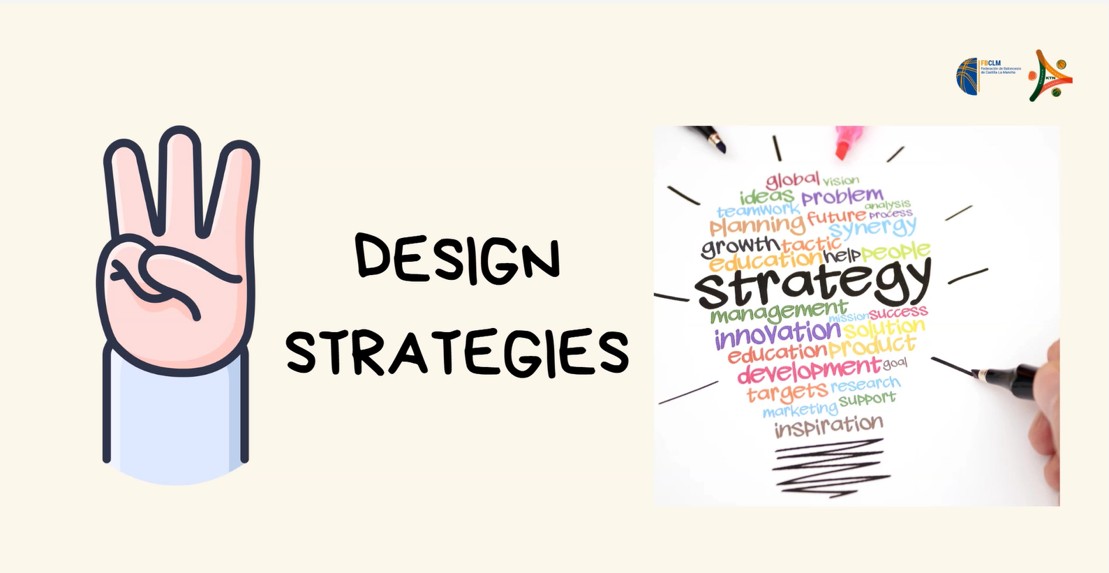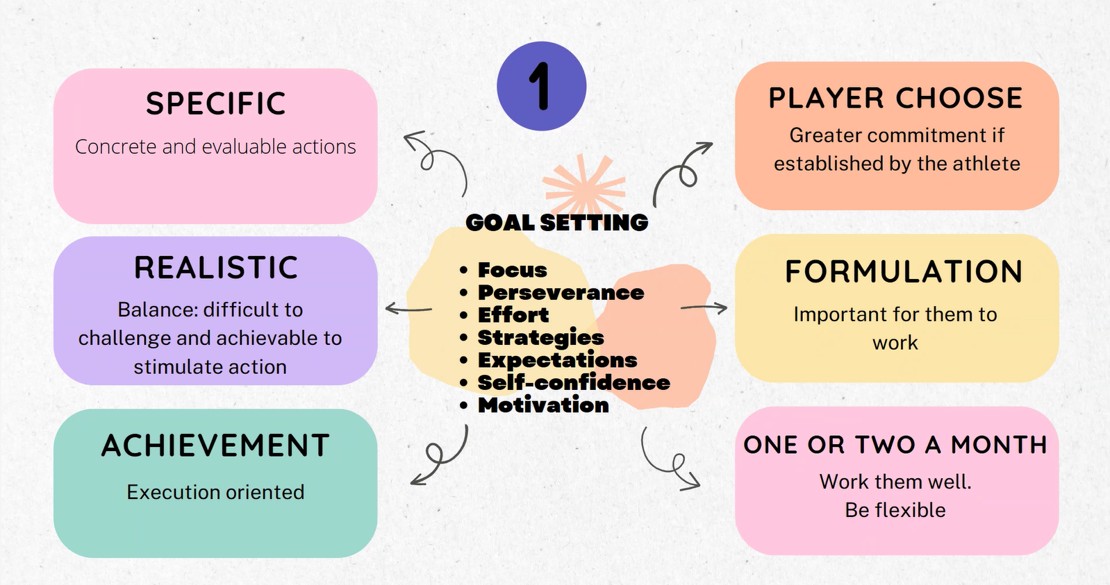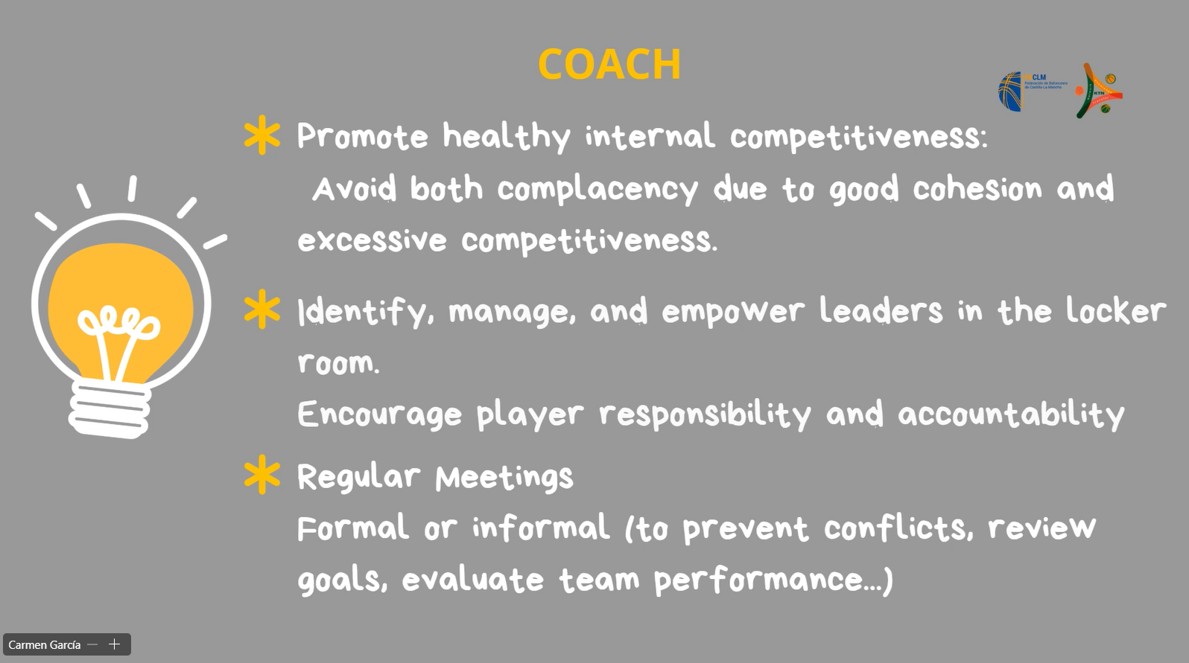Cooperation and Teamwork
On May 5, 2025, the Federación de Baloncesto de Castilla-La Mancha, within the framework of the Basketball-KTN knowledge transfer program, organized a training session titled “Teamwork in Basketball.” The presentation explored the essence of cooperation and collective effort — values that extend far beyond the court into all areas of life, including education, family, and the professional world.
The session began by defining two key concepts: cooperation and teamwork. Cooperation means helping others to achieve a shared objective, while teamwork represents the coordinated and collaborative effort of individuals combining their abilities toward a common goal. In sports, teamwork requires that each player clearly understands their role within the system, communicates effectively, trusts their teammates, and shares both the victories and the defeats.
A crucial distinction was made between a group of individuals and a true team. The difference lies in trust, cohesion, and shared purpose. As one powerful phrase reminded participants, “Four less brave people who know and trust each other will dare more than four brave strangers.” This idea captures the heart of collective success: unity and belief matter more than individual strength.
The presentation highlighted several key elements of effective teamwork: a clear and common goal, defined roles, continuous and open communication, and genuine collaboration where the team’s success takes precedence over personal recognition. Cohesion, the emotional and functional bond between teammates, cannot be forced or bought — it must be nurtured through shared effort, consistency, and time. Coaches play a central role in building this connection by guiding, listening, and modeling the behaviors they wish to see in their players.
Cohesion develops throughout the entire season — during the preseason, competition periods, breaks, and closing stages. It consists of two interconnected dimensions: social cohesion, which refers to relationships and team spirit, and task cohesion, the shared focus on collective objectives. Coaches and teams must assess their needs, define clear goals, and implement strategies that are both measurable and adaptable.
Among the tools discussed, goal-setting was identified as particularly effective. When athletes participate in defining both group and individual goals, their commitment and motivation increase. Goals should be specific, realistic, challenging, and oriented toward achievement. Working toward common objectives naturally promotes effort, persistence, and a desire for continuous improvement — both individually and as a team.
Defining roles was another essential factor. Every player must understand their role within the team, and those roles should reflect each athlete’s strengths and personality. Importantly, all roles — even those less visible — must be valued and reinforced. Roles should also remain flexible, evolving as the season progresses and the team dynamic changes.
The session also addressed the coach’s responsibility in maintaining a healthy level of internal competitiveness. Coaches should prevent complacency while avoiding destructive rivalry, manage leadership within the team, promote accountability, and lead by example through credibility, involvement, and consistency. Regular team meetings and open conversations were recommended as tools for maintaining alignment and focus.
Players, too, share responsibility for team success. They are encouraged to maintain honest communication with the coach, give consistent effort, respect rules, prevent conflicts, support one another, and protect the privacy and unity of the group. A healthy team culture, participants learned, depends on shared responsibility and mutual respect at every level.
Communication was presented as one of the central pillars of teamwork. On the court, communication ensures players stay connected and synchronized. However, true communication is not only about speaking clearly — it’s about being understood. The session emphasized active listening, which involves asking questions, rephrasing ideas, validating emotions, and respecting silence. Constructive feedback was also explored, encouraging coaches and players alike to use the “sandwich technique” — starting with positive feedback, addressing the area for improvement, and closing with encouragement or motivation.
In the context of team-building, observing relationships, setting priorities, and designing clear action plans were identified as key steps. Cohesion, when achieved, results in stronger motivation, higher commitment, fewer conflicts, and better performance under pressure. Beyond performance, it also enhances athletes’ personal well-being — building confidence, resilience, and emotional stability.
The presentation concluded with a powerful reminder: cohesion cannot be drawn on a tactics board — it is felt. It exists in every supportive gesture, every shared effort, and every moment of trust between teammates. Building it is not an additional task but the very foundation of success in basketball and beyond.
Through initiatives like this, the Federación de Baloncesto de Castilla-La Mancha and the Basketball-KTN network continue to emphasize the human dimension of sport — reaffirming that teamwork, unity, and shared purpose are the true engines of lasting success.



